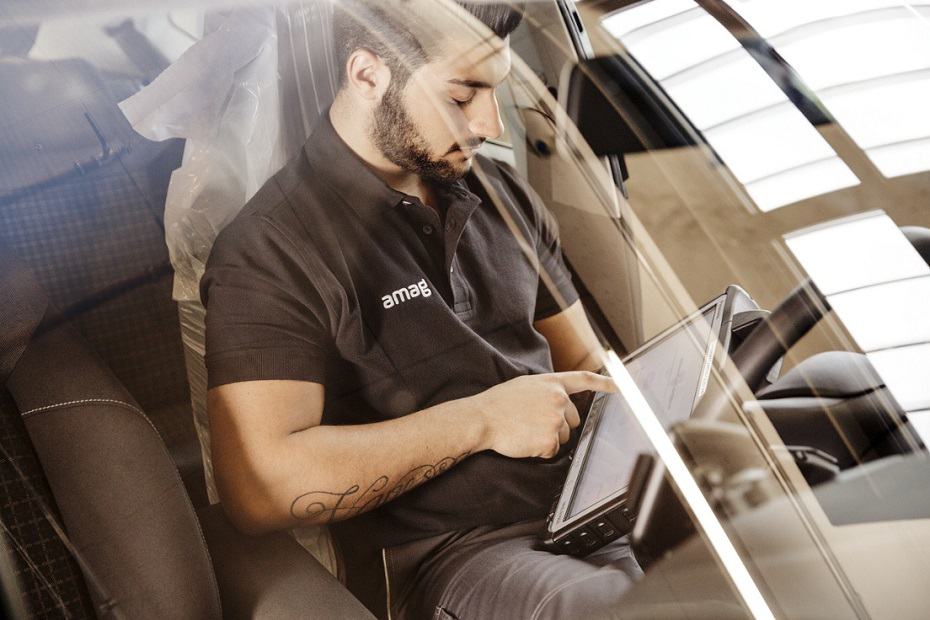After one year of collaboration, Supertext’s operations, project management and IT staff met with marketing, brand and procurement management representatives at the new AMAG headquarters in Cham (Switzerland) to review their achievements. The auto experts, who achieved revenue of CHF 4.7 million in 2019, have been relying on Supertext’s services since January 2019 for multilingual communication for the Volkswagen, SEAT and VW Commercial Vehicles brands. Those services include neural machine translation (NMT) with post-editing. So how much did they actually save? And what were the results?
Quality assurance and cost management
The range of products on the market is constantly increasing, and new marketing channels need to be populated with individual, target group-specific texts. This means that most companies have experienced a huge increase in content in recent years – by more than 30%, in AMAG’s case. Since 2019, the company, which employs 5,700 people, has been working with just two strategic partners in order to ensure quality while keeping costs under control. Another key measure has been the introduction of NMT, which allows it to respond to a wide range of text requirements simultaneously.
A quarter of AMAG’s translation jobs are now carried out via NMT, reducing costs by 40% compared to traditional human translation. The company also has its own translation memory, leading to further savings: 28% off the total price of human translation and an additional 13% off machine translation. A constantly updated termbase ensures that specialist technical and company terminology remains consistent and that translation quality is always improving.
“Machine translation with post-editing offers us an efficient, cost-effective alternative for texts with lower quality requirements than brand communications.”
Roger Rölli, Team Leader Marketing Services, AMAG
When is NMT used?
AMAG places around 500 orders every month, in English, German, French and Italian. Around 110 of them involve NMT with post-editing. Popular text types for machine translation include internal content such as email correspondence, intranet news items and meeting minutes. However, there’s no hard and fast rule: it’s up to each individual AMAG employee to choose between NMT, traditional human translation and transcreation. An internal survey has shown that it’s the purpose of the text that is the decisive factor:
- Purpose (27%)
- Target group (25%)
- Urgency (18%)
- Linguistic complexity (16%)
- Content (14%)
And what’s next for the collaboration?
AMAG is planning to further expand the NMT service. Until now, DeepL has been the engine of choice, but other solutions are currently being tested, and the adaptive neural networks are being trained on client-specific sample texts. Initial tests suggest a further 10% reduction in the time required and an up to 32% improvement in translation quality – making the post-editing process less intensive.
At the same time, the auto giant appreciates the added value that human translation offers. In future, it plans to focus more heavily on transcreations – creative human translations – in certain areas, so that each type of content receives the attention it deserves.
“Our Volkswagen brand catalogs and product slogans are crying out for creative adaptations. Humans are and will remain central to our translation strategy for these texts.”
Melanie Felder, Team Leader Marketing Communication, Volkswagen
So what’s in store for the next 12 months? AMAG and Supertext will continue their collaboration – hand in hand, like humans and machines.
Cover image via AMAG
